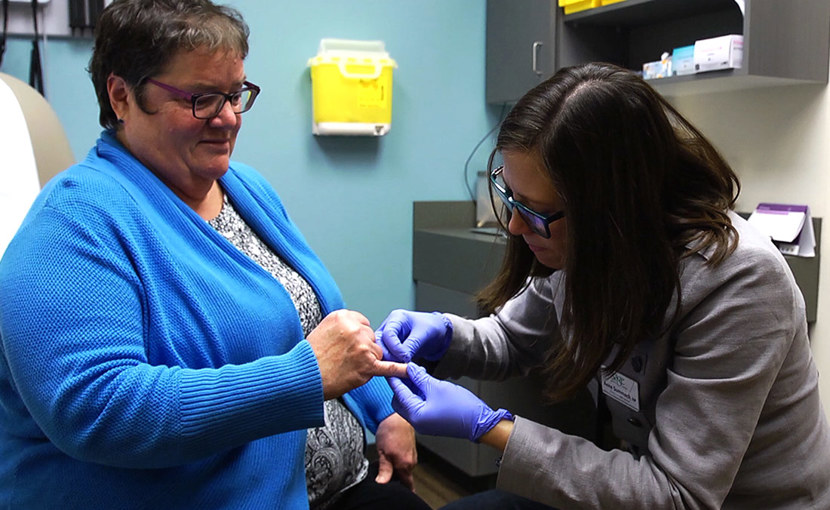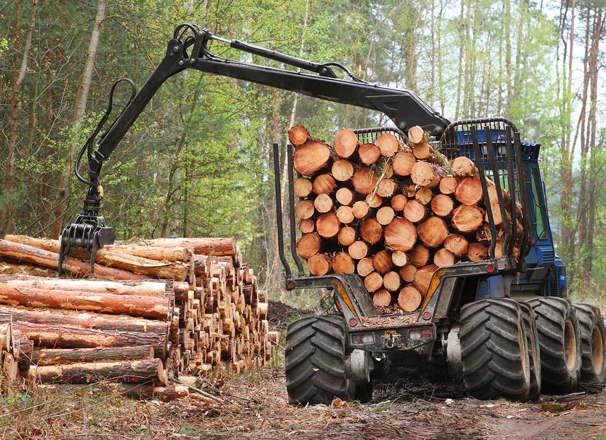Nurse Practitioner
Nurse practitioners (NPs) are registered nurses with additional experience, education, and training in advanced clinical practice. They conduct comprehensive health assessments, diagnose health conditions, and treat and manage acute and chronic illness within a holistic model of care. NPs order and interpret screening and diagnostic tests, perform procedures, and prescribe medications and therapeutic interventions.
Nurse practitioners may serve as primary care providers. They work independently across the spectrum of health services, such as acute care, primary care, community health, continuing care, and specialty areas of health and emergency care.



